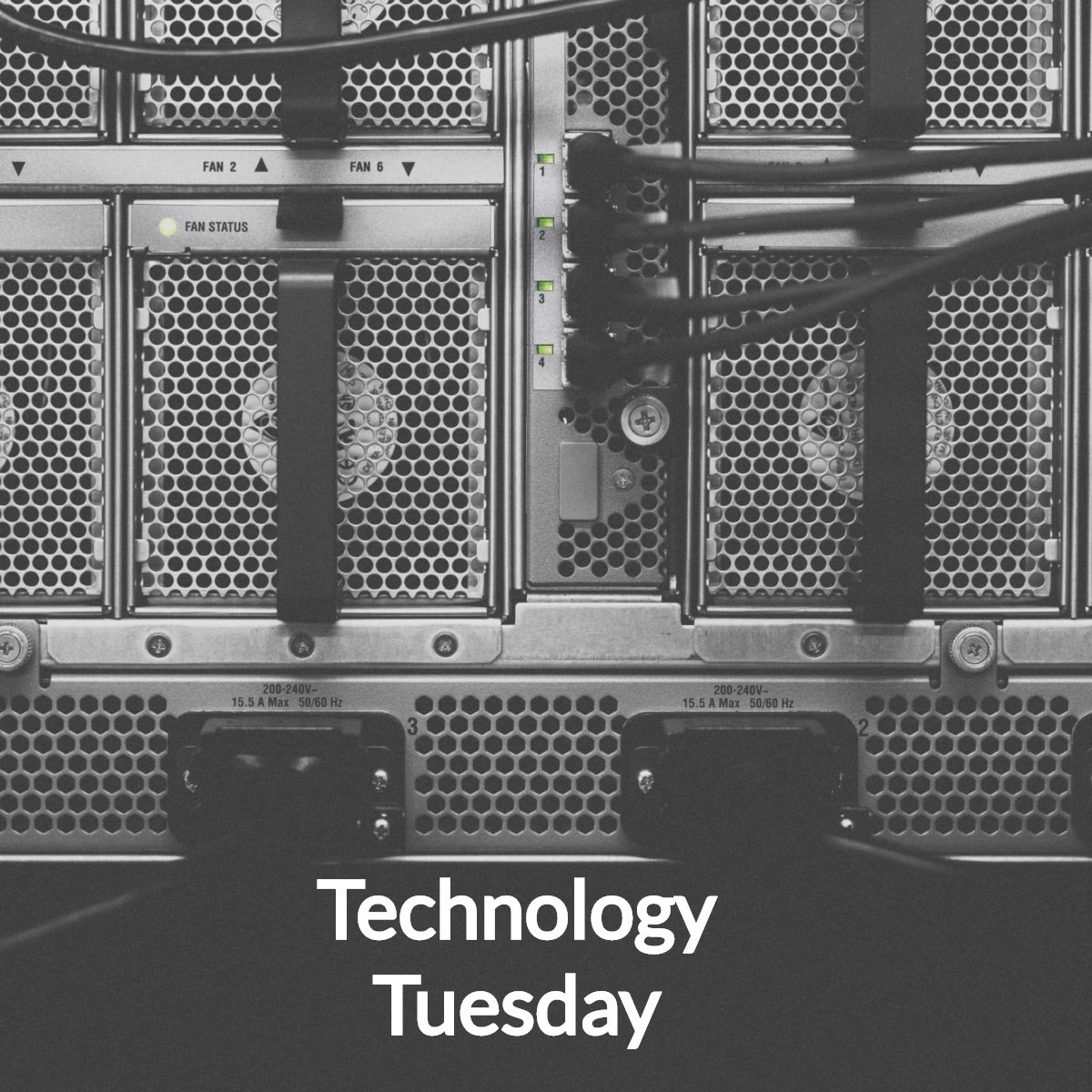Hello Partners!
Thanksgiving week is upon us and for some of us (like me) it came entirely too fast. However, the best part about Thanksgiving is the time we get to spend with loved ones and friends and that usually involves entertaining.
Continuing with our series on energy efficient cooking, this week, I would like to talk about an item that is a restaurant industry standard but is slowly beginning to appear in residential kitchens. This is item is the warming drawer.
You may be thinking, I already have a microwave to reheat food and an oven to bake and to keep things warm. Why would I also need a warming drawer? There are a few reasons a warming drawer may be a favorable option.
Before we get into the features and benefits of the warming drawer, let’s talk about what a warming drawer is for those that may not know. The warming drawer is known by a few different names. For example, it is also known as a proofing drawer as well as a baking drawer. They offer a lower range of temperatures compared to your oven. As the name suggests, they are literally a metal drawer-shaped appliance that can be installed as a stand-alone or it can be part of a range or oven combo.
The warming drawer also has many different uses. It can be used to help bread dough rise, keep dishes warm before serving, and can even be used as a slow cooker. It’s primary function, however, is to keep food warm while other dishes are being prepared. Those that enjoy entertaining guests in your home and do it often, understand the importance of serving all meal courses while they are hot.
Warming drawers are great and can offer a lot of functionality to the average kitchen but why are we really talking about them? Well, they can be a great energy efficient addition to your kitchen. This is because they use less energy than your oven. As I mentioned before, generally, warming drawers heat from about 80 degrees up to about 200 degrees Fahrenheit. The lowest temperature on your average oven is 200 degrees Fahrenheit. In the event you need to warm up food that has already been cooked; a warming drawer will save you energy. Why not just use a microwave to reheat food? Well, believe it or not, a warming drawer is even more energy efficient than a microwave. How is this possible? Well, warming drawers generally use between 450 and 600 watts. Microwaves use between 600 and 1,200.
You may have never considered a warming drawer as a option for your kitchen but, they are no longer just for restaurants. While you are planning and preparing your Thanksgiving feast this year, consider how this technology may make your life easier while saving you energy and money.
The savings never stop!
Connect with us:
T (877) 748-0841
E INFO@SJVCLEANENERGY.ORG
Check out our website!
WWW.SJVCEO.ORG
Sources:
https://www.kitchenaid.com/pinch-of-help/major-appliances/what-is-a-warming-drawer.html#:~:text=A%20warming%20drawer%2C%20sometimes%20called,as%20a%20kitchen%20range%20feature.
https://www.reico.com/about-us/blog/2015/5-reasons-your-kitchen-could-use-a-warming-drawer/
https://www.seattlepi.com/news/article/Smart-Homes-Warming-drawer-has-many-advantages-1262641.php#:~:text=Using%20a%20warming%20drawer%20is,sure%20they%20do%20not%20spoil.
https://www.cnet.com/home/kitchen-and-household/microwave-buying-guide/#:~:text=Most%20microwaves%20sit%20somewhere%20between,strongly%20influence%20microwave%20cooking%20performance.

